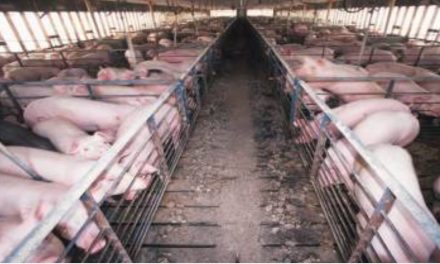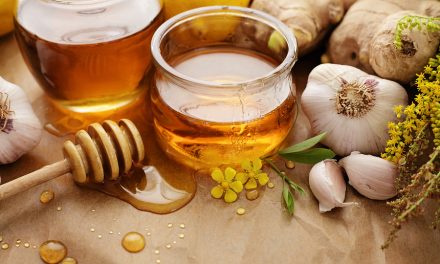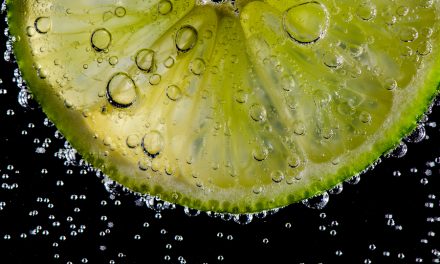Love Spring? Love it, even more, when the songbirds arrive? Have things been a bit silent in your yard? There’s a solution: plant native plants.
“A newly released survey of Carolina chickadee populations in the Washington, D.C., metro area shows that even a relatively small proportion of nonnative plants can make a habitat unsustainable for native bird species. The study, published last week in Proceedings of the National Academy of Sciences, is the first to examine the three-way interaction between plants, arthropods that eat those plants, and insectivorous birds that rely on caterpillars, spiders and other arthropods as food during the breeding season.”1
Based on the data collected, researchers found that in areas with less than 70 percent native plant biomass, Carolina chickadees will not produce enough young to sustain their populations but at 70 percent or higher, the birds can thrive.
RELATED STORY:
Recently, we’ve seen huge insect declines which is more proof that this research needs to be done. The study’s lead author Desirée Narango, said, “We hear a lot in conservation that things are in trouble, and they are. So I think this study is a nice example of something that we can actually do at home to make some positive ecological change.”1
While studying for her Ph.D. in entomology and urban ecology, Narango looked to focus her dissertation research on how nonnative trees and shrubs affect food web interactions in urban areas and Neighborhood Nestwatch was able to provide what she needed.
The citizen-science program housed within the Smithsonian’s National Zoo and Conservation Biology Institute, helped Narango and her colleagues place tubes in the backyards of more than 150 Nestwatch participants to attract breeding Carolina chickadees in 2013.
“Over the next three breeding seasons, the homeowners monitored the nesting tubes, inputting data into an online repository. Meanwhile, the researchers carried out systematic plant and insect surveys in the area around each tube, venturing into neighboring yards to match the 50-meter radius that makes up the territory of the breeding chickadees.
To build a population growth model, the scientists tracked the year-to-year survival of more than 800 adult birds, using the homeowners’ reports and archival Nestwatch data. To determine the survival rate of fledglings that had left the nest, the research team employed a technique called radio telemetry, placing transmitters on adults and following them around the neighborhood to study their young. The results showed that, as the proportion of a habitat’s nonnative plant biomass increases, chickadees are forced to change their diet and are less able to successfully reproduce. If more than 30 percent of total biomass in a given area is nonnative, chickadees are not able to maintain a stable local population.”1
But lest you think Narango wants you to gut your yard and even get rid of the beautiful Japanese maple that your best friend gave you as a house warming present, that’s not the case at all. She says, “as long as you have lots of native plants as well that can provide ecological services for the birds and support local food webs.”1
Where to start
If you are ready to bring the birds back to your yard and help it be an active part of the local ecosystem but don’t know where to start, the National Wildlife Federation and National Audubon Society databases are your first stop.
Pete Marra, director of the Smithsonian Migratory Bird Center said, “We often think about the areas that we live in as being lost souls for nature. That’s not the case at all. Some of the last frontiers that we can think about restoring are these urban, suburban settings. There are subtle things that we can do in human-dominated habitats to try to make them better for wildlife, and it’s totally worthwhile to do.”1
SOURCE:












